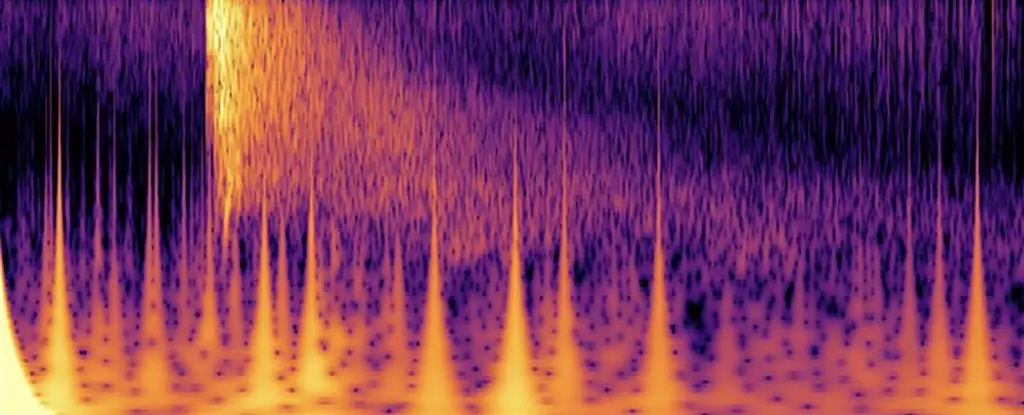The detection of a significant quake on Mars by NASA’s InSight lander on 4 May 2022 has led to a remarkable revelation. A team of international researchers, led by planetary physicist Benjamin Fernando of the University of Oxford, has determined that the quake, registering at 4.7 magnitude, was the result of colossal tectonic activity in the Martian crust. This finding is quite unexpected because Mars does not possess tectonic plates. Contrary to initial assumptions, the leading candidate for the quake’s source, a massive meteorite impact, has been ruled out. According to Fernando, the event was likely triggered by the release of stress within Mars’ crust as a result of billions of years of evolution.
Before InSight ceased operations at the end of 2022, it spent four productive years on Mars, diligently monitoring the planet’s interior. During this time, it diligently recorded hundreds of quakes and tremors, some of which were indeed caused by space rocks colliding with the Martian surface. In addition to impact events, other quakes were linked to magmatic activity, which implies that Mars is not as geologically inactive as previously presumed. The focus of Fernando and his colleagues was to investigate the origin of the largest quake detected by InSight, named S1222a. The seismic data suggested similarities with previously identified impact events, prompting the researchers to coordinate a massive international effort. They enlisted the help of global space agencies with satellites orbiting Mars in order to determine whether the quake was internally or externally generated.
The coordinated endeavor marked the first time that all the missions orbiting Mars collaborated. Satellites operated by the European Space Agency, the Chinese National Space Agency, the Indian Space Research Organisation, and the United Arab Emirates Space Agency meticulously surveyed the Martian surface using their specific instrument suites. The primary objective was to identify a fresh impact scar large enough to have been the source of S1222a. However, the search proved futile, as no evidence of a corresponding crater or blast zone was discovered. Consequently, the researchers concluded that the most viable explanation for the giant quake was tectonic movement. This unexpected revelation suggests that Mars is likely far more seismically active than previously believed.
Unfortunately, InSight is no longer operational, precluding further investigations into this intriguing phenomenon. Nevertheless, the valuable data collected by the lander will serve as a rich resource for scientists to analyze for years to come. Additionally, future Mars missions and research endeavors hold the potential to provide further insight into the enigmatic nature of the red planet and address the questions raised by this recent discovery. Although the reasons behind the differential stress distribution across Mars remain incompletely understood, findings such as these contribute to our ongoing exploration and understanding of the planet’s geological dynamics. As Fernando aptly points out, this new revelation encourages further investigation into the reasons behind variations in stress levels on Mars.
The unexpected source of the giant quake on Mars has sparked a new wave of scientific curiosity. The determination that tectonic activity, rather than a meteorite impact, is responsible for these seismic events challenges our preconceived notions about the geology of the red planet. While the inability to explore further with InSight is regrettable, the treasure trove of data it has provided and future research initiatives may hold the key to unravelling the mysteries of Mars’ seismic behavior.



Leave a Reply